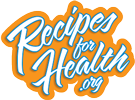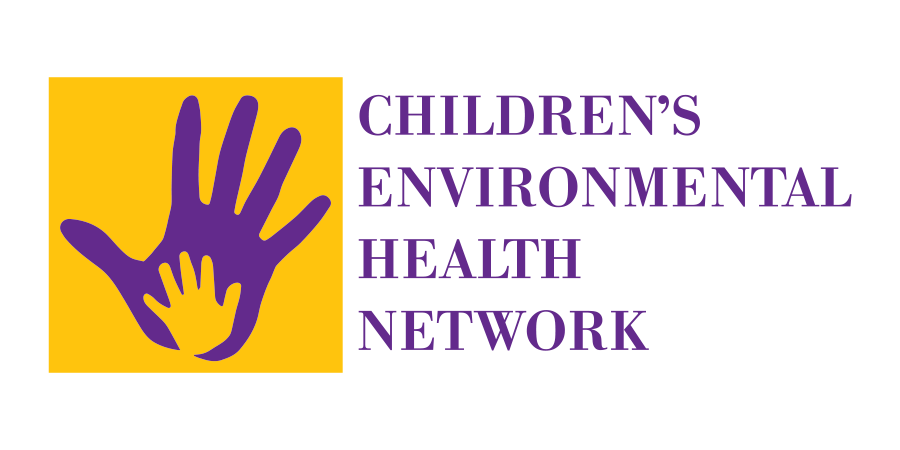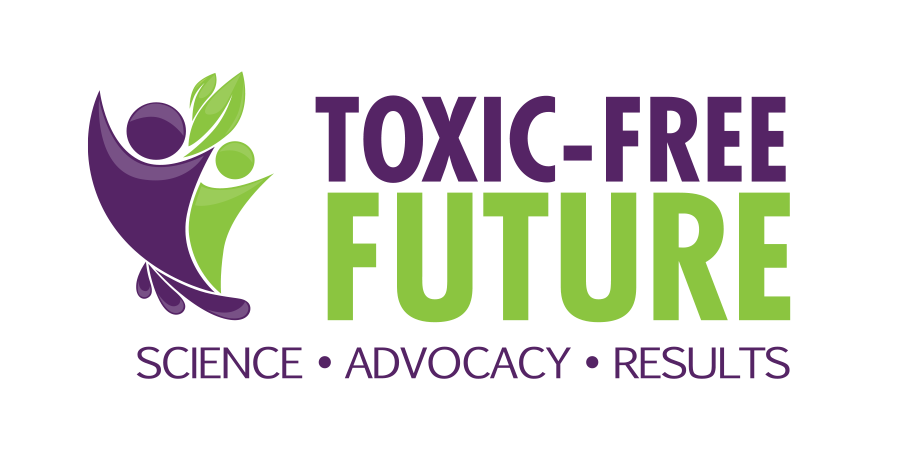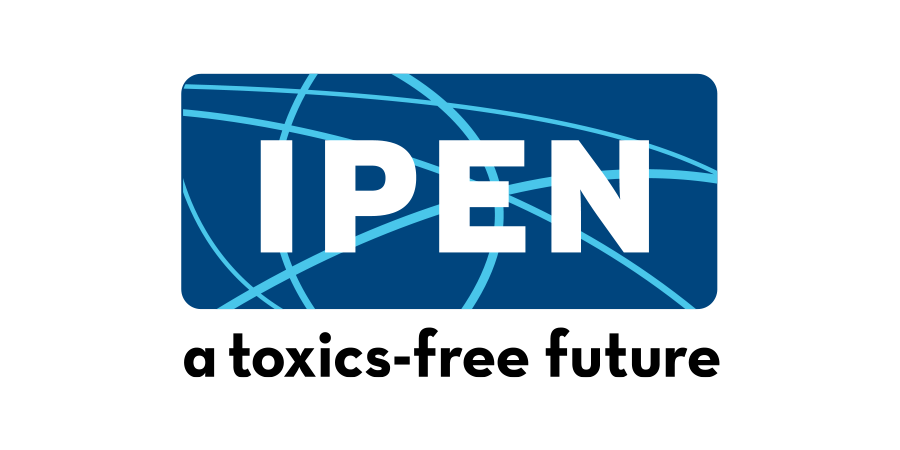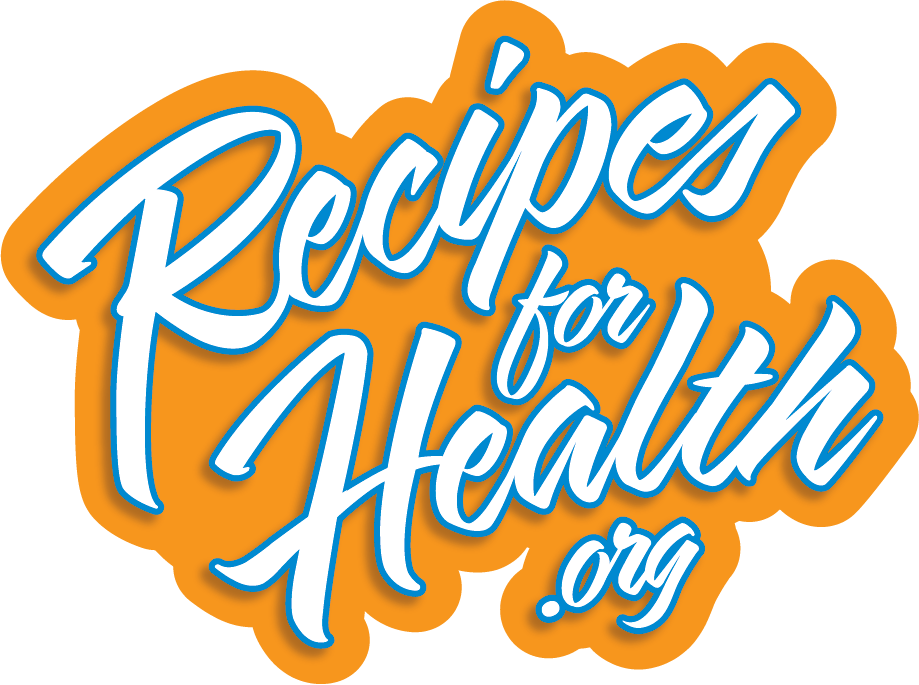

Cleaner AirWaterFoodProducts
AND LEADERS WHO PUT HEALTH FIRST
Imagine… Less Cancer. Fewer children with learning disabilities and asthma. Immune systems that can cope with infections like COVID-19. Imagine making homemade bread, the most basic and traditional of recipes, without worrying about a list of hidden concerns.
Imagine how much healthier we could all be if we had a government that was dedicated to protecting everyone’s health, including protecting all of us from toxic chemicals—drinking water without lead or PFAS, air without particulates pollution, food and products free of BPA, phthalates and flame retardants.
Clean air, water, food and products are human health rights, not an expensive shopping list.
The organizations on the Recipes for Health website are all working for everyone’s right to a healthy environment and safe food and products. On November 3, we need to elect leaders who take these rights – and their responsibility for prioritizing the health of all of us – seriously.
It’s a two-part recipe: grassroots action and the election of women and men who share the vision of a healthier, less toxic future for everyone.
Your support of these organizations and your vote in the November election are both necessary ingredients in the recipe for healthier lives.
Organizations Cooking Up Change
The Children’s Environmental Health Network (CEHN) is a national multi-disciplinary organization whose mission is to protect the developing child from environmental health hazards and promote a healthier environment.
CEHN’s 2020 voter guide sets out five issues for voters to consider putting the health of children and their environment FIRST. Use the guide and share it widely to help elect women and men who will support children’s health and their environment.
CEHN also has great tools for childcare providers, including their Lead-Safe Toolkit for Home-Based Child Care. While there is NO safe level of lead in a child’s blood, the chemical can be found in water, paint, soil, dust and is commonly found in consumer products. This toolkit can help family childcare providers identify lead sources and address low cost solutions to reduce lead hazards and promote the health and safety of children.
CEHN’s Eco-Healthy Child Care® E-Curriculum is focused on education around 16 topics and low- to no-cost solutions for reducing/eliminating lead exposures in all childcare facilities. This course is recommended and applicable for those outside of childcare as well.
Toxic-Free Future advocates for the use of safer products, chemicals, and practices through advanced research, advocacy, grassroots organizing, and consumer engagement to ensure a healthier tomorrow.
Toxic-Free Future works in partnership with Safer Chemicals Healthy Families, Safer States and Mind the Store toeliminate our toxic PFAS contamination problem as well educate consumers about its use in nonstick products.
IPEN (International Pollutants Elimination Network) is a global network forging a healthier world where people and the environment are no longer harmed by the production, use, and disposal of toxic chemicals.
More than 600 public interest NGOs in more than 124 countries, largely low- and middle-income nations, comprise IPEN and work to strengthen global and national chemicals and waste policies, contribute to ground-breaking research, and build a global movement for a toxics-free future.
The Getting Ready for Baby campaign is a collaboration of more than 100 organizations working to ensure all products for babies and toddlers are made with safe and healthy materials and chemicals, and that retailers create policies that prevent products made with toxic chemicals from appearing on their store shelves.
Learn about harmful chemicals in children’s products and how to choose safe products for babies in our Safe Baby Products Guide.
